Home>Home Maintenance>House Roof Drainage: How Does It Work?
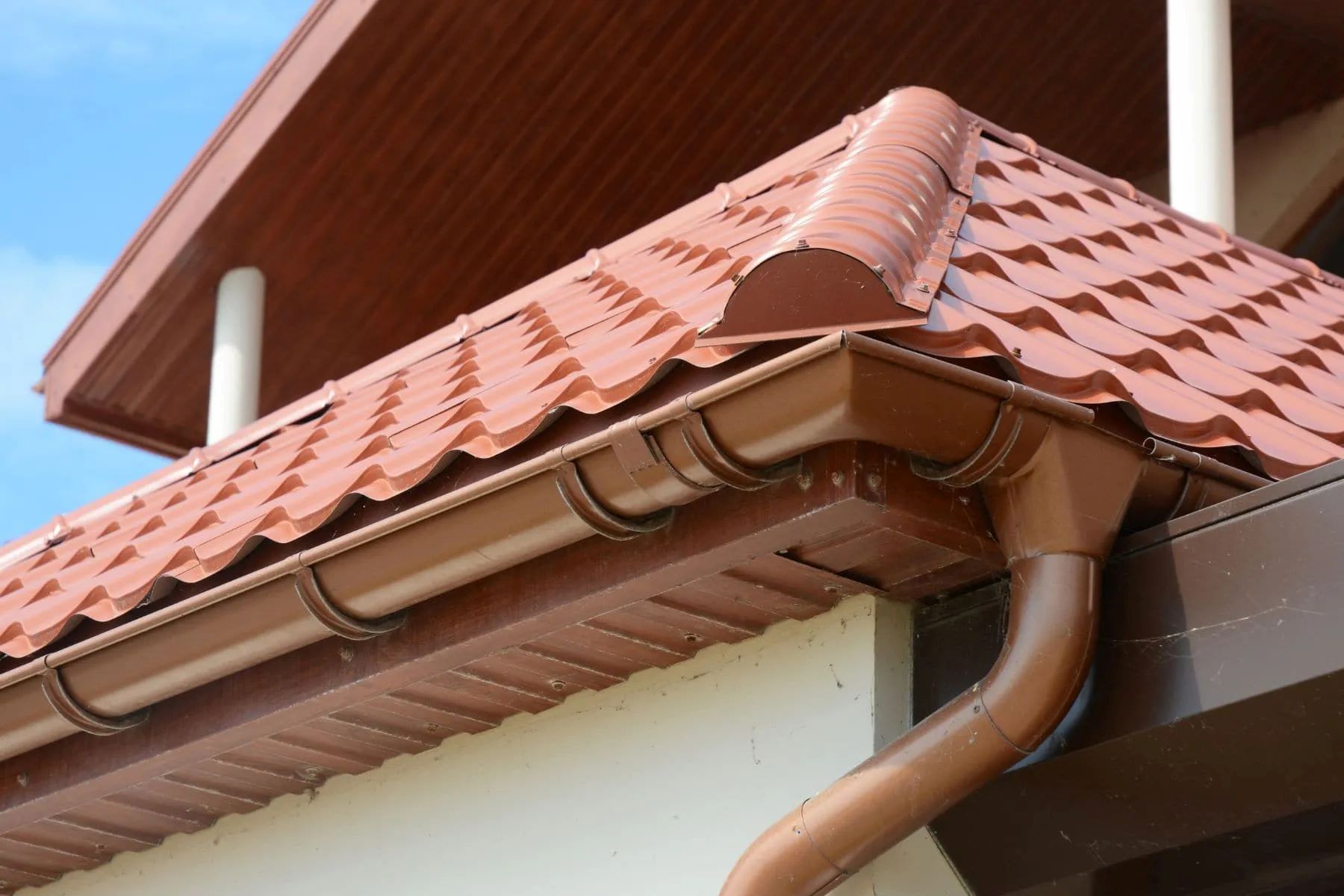

Home Maintenance
House Roof Drainage: How Does It Work?
Modified: August 17, 2024
Learn how home maintenance includes understanding house roof drainage. Discover how it works and ensure proper drainage for a strong foundation.
(Many of the links in this article redirect to a specific reviewed product. Your purchase of these products through affiliate links helps to generate commission for Storables.com, at no extra cost. Learn more)
Introduction
Welcome to the world of house roof drainage! While we may not often think about it, a properly functioning roof drainage system is essential for maintaining the integrity of our homes. During heavy rainfalls, the roof plays a crucial role in diverting water away from the house, preventing leaks, water damage, and other costly issues.
Understanding how a house roof drainage system works can empower homeowners to take proactive steps in maintaining it and ensuring its optimal functioning. In this article, we will explore the different components of a house roof drainage system, common problems that can arise, and the importance of proper maintenance.
So let’s buckle up our tool belts and dive into the fascinating world of house roof drainage!
Key Takeaways:
- Proper house roof drainage prevents water damage, foundation problems, and basement flooding. Regular maintenance, gutter cleaning, and downspout inspection are essential for an effective drainage system.
- Leaf guards and gutter maintenance reduce clogs, protect landscaping, and prevent pest infestation. Consulting professionals and addressing issues promptly ensure a well-maintained roof drainage system.
Read more: How To Design Drainage For A House
Components of a House Roof Drainage System
A house roof drainage system comprises several important components that work together to effectively channel water away from the roof and foundation of a home. Let’s take a closer look at each one:
- Gutters: Gutters are horizontal troughs that are typically attached along the edge of the roof. Their primary function is to collect rainwater and direct it toward the downspouts. Gutters come in various materials, such as aluminum, vinyl, and steel, and their size and shape depend on the amount of rainfall your area receives.
- Downspouts: Downspouts, also known as downpipes or leaders, are vertical pipes that connect to the gutters and carry the collected rainwater down to the ground. They play a vital role in transporting water away from the roof and foundation. Downspouts are usually placed strategically to ensure proper water flow and prevent water accumulation near the house.
- Drainpipes: In addition to downspouts, some homes may have drainpipes installed in their roof drainage system. Drainpipes are underground pipes that receive the water from the downspouts and direct it away from the foundation of the house. This helps prevent water from seeping into the basement, which can lead to mold growth and structural damage.
- Leaf Guards: Leaf guards, also referred to as gutter guards or gutter screens, are protective covers placed over the gutters to prevent leaves, debris, and other materials from clogging the system. They allow water to flow freely while keeping out unwanted debris, reducing the need for frequent gutter cleaning and minimizing the risk of blockages.
These components work harmoniously to ensure that rainwater is effectively collected, transported, and drained away from the house, protecting it from potential water damage.
Gutters
Gutters are an essential component of a house roof drainage system. They are designed to collect rainwater that flows down from the roof and direct it away from the house, ensuring the protection of the building’s foundation, walls, and landscaping.
There are various types of gutters available, including sectional gutters and seamless gutters. Sectional gutters are made up of smaller sections that are joined together, while seamless gutters are custom-made to fit the specific dimensions of a home, resulting in a continuous gutter system with fewer joints.
When it comes to materials, the most common options for gutters are aluminum, vinyl, steel, and copper. Each material has its own advantages and considerations. Aluminum gutters, for example, are lightweight, affordable, and resistant to corrosion, making them a popular choice for many homeowners. Copper gutters, on the other hand, are known for their elegant appearance and durability, though they come with a higher price tag.
It is crucial to consider the size and capacity of the gutters when installing or replacing them. Gutters that are too small may overflow during heavy rainfalls, while oversized gutters can be unnecessarily costly. The size of the gutters should be based on the roof area and the average rainfall in your region.
To ensure the proper functioning of gutters, routine maintenance is necessary. Regular inspection and cleaning will help prevent clogs caused by leaves, twigs, and other debris. Gutter guards, also known as gutter screens or leaf guards, can be installed to reduce the amount of debris that enters the gutter system, making maintenance tasks more manageable.
In colder climates, it is essential to ensure that gutters are free from ice dams, which occur when snow accumulates and melts on the roof, then refreezes along the eaves. Ice dams can cause water to back up and seep under the roof, leading to interior water damage. Proper insulation, ventilation, and occasional removal of snow buildup can help prevent ice dams.
In summary, gutters play a vital role in diverting rainwater away from your home. Selecting the appropriate size, materials, and maintenance practices will help ensure that your gutters function effectively and protect your home from water damage for years to come.
Downspouts
Downspouts, also known as downpipes or leaders, are an integral part of a house roof drainage system. They are responsible for safely directing rainwater from the gutters down to the ground, away from the foundation of the house.
Typically made of metal or plastic, downspouts come in various shapes and sizes to accommodate different roof designs and rainfall amounts. The most common shapes are rectangular and round, with rectangular downspouts often being more efficient in handling larger volumes of water.
Downspouts are strategically placed along the sides of the house, allowing rainwater to flow down from the gutters and preventing it from pooling or causing damage to the roof or the surrounding structures. The number and positioning of downspouts depend on factors such as the size of the roof, the slope of the ground, and the local climate conditions.
It’s essential to ensure that downspouts have proper extensions or splash blocks at their ends. This helps to direct the water several feet away from the foundation, preventing it from pooling near the house and potentially causing structural damage or basement flooding. Extensions can be easily attached to the downspout to ensure the water is effectively diverted away from the property.
Regular maintenance of downspouts is crucial to keep them functioning optimally. Inspecting them for any blockages caused by debris such as leaves, twigs, or nesting materials is essential. Clearing out these obstructions and ensuring free water flow will prevent backups and potential water damage. Additionally, it’s wise to check the joints and connections of the downspouts for any leaks or damage and make necessary repairs as soon as possible.
In areas where freezing temperatures occur, taking steps to prevent ice buildup in downspouts is important. Ice can cause blockages and potential damage to the downspouts. Using heat tapes or de-icing cables can help melt the ice and prevent it from obstructing the flow of water.
Downspouts are a vital component of an effective roof drainage system, as they ensure that rainwater is efficiently channeled away from the house and its foundation. Regular maintenance and proper installation will help safeguard your home from potential water damage and erosion.
Drainpipes
In addition to gutters and downspouts, some houses may have drainpipes as part of their roof drainage system. Drainpipes, also known as underground or buried downspouts, play a crucial role in diverting rainwater away from the foundation of the house.
When rainwater flows down the downspouts, it is directed into the drainpipes, which are installed underground and extend away from the house. The drainpipes are typically made of PVC or other durable materials and are designed to carry the water away safely and prevent it from seeping into the basement or causing foundation issues.
The installation of drainpipes requires careful planning and design. The pipes should have a slope to ensure that water flows freely and does not accumulate inside. It is important to consider factors such as the size of the drainpipes, the distance they need to extend from the house, and the appropriate placement to avoid any obstacles or interference with existing structures.
Regular maintenance is crucial to ensure the proper functioning of drainpipes. Periodic inspection of the pipes for any signs of damage, clogging, or blockages is recommended. Clearing away debris, such as leaves or dirt, from the openings or the underground system will help maintain the flow of water and prevent backups.
In colder climates, protecting drainpipes from freezing is essential. Insulating the pipes or using heat tapes can help prevent the water inside from freezing and causing potential damage, such as pipe bursts or blockages. Ensuring proper insulation and taking necessary precautions during winter months will help maintain the integrity of the drainpipes.
It is worth mentioning that not all houses may require drainpipes in their roof drainage system. The necessity of drainpipes depends on various factors, such as the local climate, soil conditions, and the design of the house. Consulting with a professional or a qualified contractor can help determine if drainpipes are necessary for your specific property.
Overall, drainpipes are an excellent addition to a house roof drainage system, especially in areas prone to heavy rainfall or with challenging soil conditions. Proper installation, regular maintenance, and protective measures in freezing temperatures will ensure that rainwater is efficiently channeled away from the foundation, protecting the structural integrity of your home.
Make sure your gutters and downspouts are clear of debris to allow proper drainage. Check for any leaks or damage to ensure water flows away from the house.
Leaf Guards
When it comes to maintaining a well-functioning house roof drainage system, leaf guards are a homeowner’s best friend. Leaf guards, also known as gutter guards or gutter screens, are protective covers placed over the gutters to prevent leaves, debris, and other materials from clogging the system.
These guards are designed to allow water to flow freely into the gutters while keeping out unwanted elements that can block the channels. By eliminating the accumulation of leaves and debris, leaf guards reduce the need for frequent gutter cleaning and ensure that water is effectively directed away from the roof and foundation of the house.
Leaf guards come in various styles and materials to suit different gutter systems and environmental conditions. They can be made of metal, plastic, or mesh materials. Some guards have a solid surface with small slits or holes that allow only water to pass through while keeping larger debris out. Others consist of a fine mesh that keeps even tiny particles from entering the gutters.
Installing leaf guards offers numerous benefits to homeowners. Firstly, they significantly reduce the frequency of gutter cleaning, saving time and effort. With leaf guards in place, gutter maintenance becomes more manageable, especially during the fall season when leaves are abundant. Additionally, gutter guards can prevent pests, such as birds, squirrels, and insects, from making nests or breeding in the gutters, keeping them free from potential blockages caused by these unwanted visitors.
In regions with heavy rainfall or areas surrounded by trees, leaf guards are particularly valuable. They help prevent clogs in gutters caused by leaves, pine needles, twigs, and other debris. By keeping the gutters clear and allowing water to flow smoothly, leaf guards minimize the risk of overflow and water damage to the house’s roof, walls, and foundation.
However, it is important to note that no leaf guard system is entirely maintenance-free. While they significantly reduce the accumulation of debris in gutters, some debris may still find its way onto the guards. Regular inspection and occasional cleaning or maintenance may still be necessary to ensure that the leaf guards continue to function properly.
Leaf guards are a valuable addition to any house roof drainage system. They provide an additional layer of protection against clogs, allowing for a more efficient and low-maintenance gutter system. With leaf guards in place, homeowners can enjoy the benefits of a well-maintained roof drainage system and peace of mind knowing that their home is protected from potential water damage.
Common Issues with House Roof Drainage
A house roof drainage system is designed to efficiently channel rainwater away from the roof and foundation of a home. However, like any other part of a house, roof drainage systems can experience problems that require attention and timely repairs. Here are some common issues that homeowners may encounter:
- Clogged Gutters: One of the most common issues with house roof drainage is clogged gutters. Leaves, twigs, debris, and even nests from birds or squirrels can accumulate in the gutters, obstructing the flow of water. Clogged gutters can cause water to overflow, leading to roof damage, leaks, and potential water infiltration into the house.
- Improper Slope: Another common issue is an improper slope of the gutters or downspouts. If the gutters do not have the correct slope, water may collect in certain sections rather than properly draining towards the downspouts. This can cause standing water, which can lead to corrosion, damage to the gutters, or even water seepage into the house.
- Cracked or Leaking Gutters: Gutters can develop cracks or leaks over time due to weather conditions, age, or improper installation. These openings can result in water leaking out of the gutters instead of being directed away from the house. If left unaddressed, this can lead to water damage to the roof, walls, and foundation of the home.
- Downspout Issues: A common issue with downspouts is improper placement. If the downspouts are positioned too close to the house or direct water towards the foundation, it can lead to water pooling near the house and potential foundation damage. Additionally, downspouts themselves can get clogged or disconnected, hindering the proper flow of water from the gutters.
- Inadequate Drainage: In some cases, the house roof drainage system may have inadequate drainage infrastructure. Insufficient or poorly designed drainpipes, for example, can cause water to accumulate around the foundation, leading to water seepage into the basement or potential structural damage. Lack of proper grading or faulty landscape features can also contribute to inadequate drainage.
It is important for homeowners to regularly inspect their roof drainage system to identify any issues and address them promptly. Routine maintenance, such as gutter cleaning, checking for clogs or leaks, and ensuring proper slope and downspout placement, can help prevent and mitigate these common issues.
If homeowners are unsure or unable to assess and address the issues themselves, it is advisable to consult a professional roofing or drainage specialist. These experts can provide guidance, diagnose any problems, and offer appropriate solutions to ensure that the house roof drainage system functions optimally and protects the home from potential water damage.
Importance of Proper House Roof Drainage
A proper house roof drainage system is essential for the overall health and integrity of a home. It plays a crucial role in protecting the roof, walls, foundation, and landscaping by effectively channeling rainwater away from the house. Here are key reasons why proper roof drainage is important:
- Prevents Water Damage: One of the main functions of a roof drainage system is to prevent water damage. Without proper drainage, rainwater can accumulate on the roof, leading to leaks, rot, and deterioration of the roofing materials. Water that seeps into the walls and foundation can cause structural damage, mold growth, and compromise the stability of the house.
- Avoids Foundation Problems: Poor roof drainage can result in water pooling around the foundation. Over time, this can lead to foundation cracks, shifting, and settling. Water intrusion can weaken the foundation, affecting the overall structure of the house. By directing water away from the foundation, proper roof drainage helps maintain a solid and stable foundation.
- Prevents Basement Flooding: When rainwater is not effectively redirected away from the house, it can penetrate the basement through cracks, windows, or even the foundation walls. This can result in basement flooding, which not only causes immediate damage to personal belongings but can also lead to long-term structural issues and the growth of mold and mildew.
- Maintains Landscaping: Proper roof drainage helps protect the landscaping around the house. Excessive water runoff from clogged or poorly functioning gutters can erode the soil, damage plants, and create soil saturation. By ensuring that rainwater is directed away from the house and landscaping, proper drainage preserves the beauty and health of the yard.
- Prevents Pest Infestation: Standing water caused by poor roof drainage can become a breeding ground for mosquitoes and other pests. A well-functioning drainage system helps eliminate stagnant water that attracts pests, reducing the risk of infestation and the spread of disease.
By implementing and maintaining a proper house roof drainage system, homeowners can avoid costly repairs, preserve their home’s structural integrity, and create a safe and healthy living environment. Regular inspection, cleaning, and maintenance of gutters, downspouts, and other components are necessary to ensure optimal function and to minimize the risk of water damage and related issues.
For homeowners who are unsure about the condition or effectiveness of their roof drainage system, consulting with a professional roofing or drainage specialist can provide valuable insights and guidance. These experts can assess the system, identify any deficiencies, and offer appropriate solutions to ensure that the home is well-protected from water-related damage.
Tips for Maintaining House Roof Drainage System
Maintaining a house roof drainage system is key to ensuring its optimal function and preventing water damage. Here are some important tips to help you keep your roof drainage system in top shape:
- Regularly clean the gutters: Remove leaves, twigs, and debris from the gutters to prevent clogs. You can use a gutter scoop or a garden trowel to scoop out the debris. Consider wearing gloves and using a ladder with a stabilizer or having a professional handle the task for safety.
- Install gutter guards: Consider installing leaf guards or gutter screens to reduce the amount of debris that enters the gutter system. These guards help prevent clogs and minimize the frequency of gutter cleaning. Choose a type of guard that is compatible with your gutters and suits your specific needs.
- Inspect for leaks and damage: Regularly inspect the gutters, downspouts, and drainpipes for any signs of leaks, cracks, or damage. Repair or replace any damaged components to ensure proper water flow and prevent water damage to your home.
- Check downspout extensions: Ensure that the downspout extensions or splash blocks are in place and directing water several feet away from the foundation. This helps prevent water pooling near the house, which can lead to foundation issues. Adjust or replace extensions as needed.
- Clear debris from downspouts: Check the downspouts regularly to ensure they are free from debris and not clogged. Use a plumber’s snake or a water hose to clear any blockages. This will help maintain proper water flow and prevent backups.
- Ensure proper grading: Check the grading around your house to ensure it slopes away from the foundation. This helps direct water away from the house and prevents water pooling near the foundation. If necessary, regrade the soil to ensure proper drainage.
- Address ice dams: In colder climates, take steps to prevent ice dams from forming on the roof. Properly insulate the attic, ensure proper ventilation, and remove snow buildup on the roof using a roof rake. This prevents ice dams, which can cause water to back up under the roof and lead to water damage.
- Regularly check for proper water flow: During a heavy rainstorm, take the time to observe the water flow and ensure that it is effectively directed away from the house. Look for any areas where water may be pooling or overflowing and address these issues promptly.
- Consider professional inspection: If you are unsure about the condition of your roof drainage system or if you suspect any issues, consider hiring a professional roofing or drainage specialist for a thorough inspection. They can identify any problems and provide recommendations for maintenance or repairs.
By following these tips and implementing regular maintenance practices, you can ensure that your house roof drainage system functions properly, preventing water damage and protecting the integrity of your home. It is always better to be proactive and take preventive measures to avoid costly repairs down the line.
Read more: What Is My House’s Standard Drainage Size
Conclusion
A properly functioning house roof drainage system is crucial for maintaining the integrity and longevity of a home. It plays a vital role in diverting rainwater away from the roof, walls, foundation, and landscaping, preventing water damage, structural issues, and other costly problems.
Understanding the components of a roof drainage system, such as gutters, downspouts, drainpipes, and leaf guards, is essential for homeowners. By knowing the purpose and importance of each component, homeowners can take proactive steps in maintaining their roof drainage system and ensuring its optimal performance.
Regular maintenance, including cleaning the gutters, inspecting for leaks and damage, and checking downspouts and extensions, is essential to keep the system functioning properly. Additionally, installing gutter guards, ensuring proper grading, and addressing ice dams in colder climates are important measures to prevent issues and maintain efficient water flow.
By following these tips and being proactive in maintaining their roof drainage system, homeowners can prevent water damage, preserve their foundation, avoid basement flooding, and maintain a healthy and beautiful landscape. Consulting with professionals when necessary and addressing any issues promptly will help ensure the longevity and effectiveness of the system.
Remember, a well-maintained roof drainage system is not only essential for the protection of your home but also an investment in the comfort, safety, and value of your property. So, be proactive, stay vigilant, and prioritize the maintenance of your house roof drainage system for years of worry-free living.
Frequently Asked Questions about House Roof Drainage: How Does It Work?
Was this page helpful?
At Storables.com, we guarantee accurate and reliable information. Our content, validated by Expert Board Contributors, is crafted following stringent Editorial Policies. We're committed to providing you with well-researched, expert-backed insights for all your informational needs.
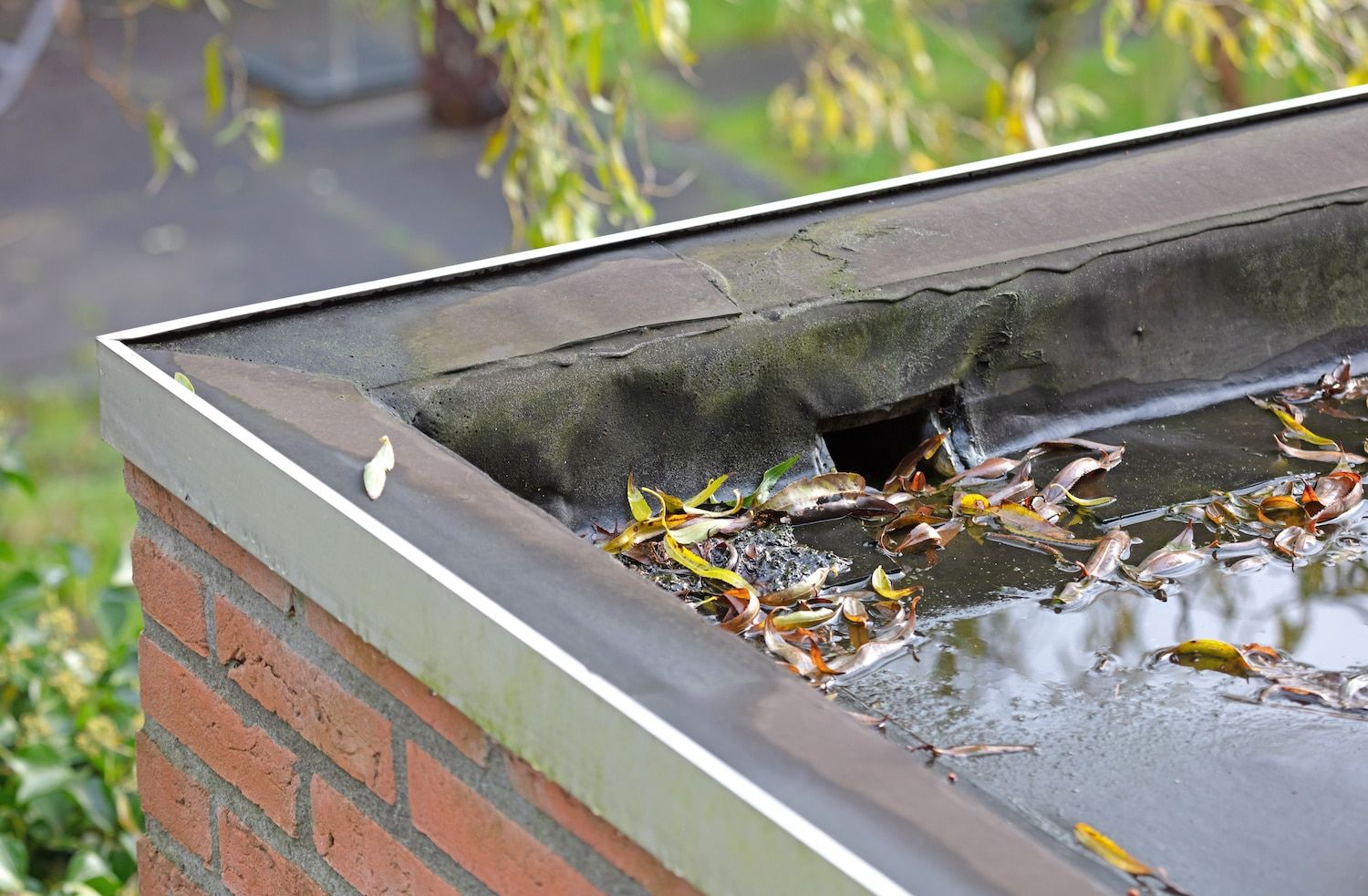
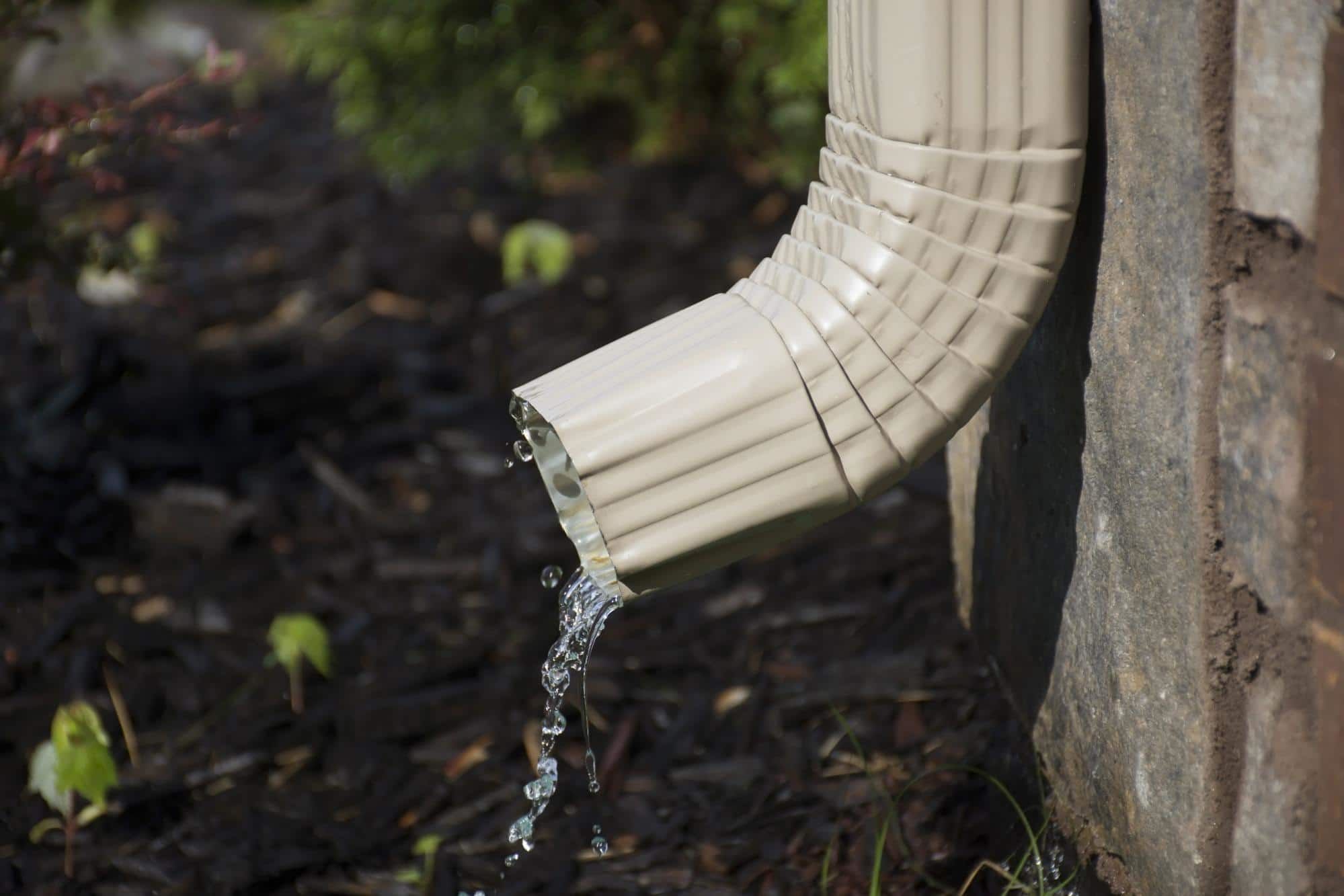
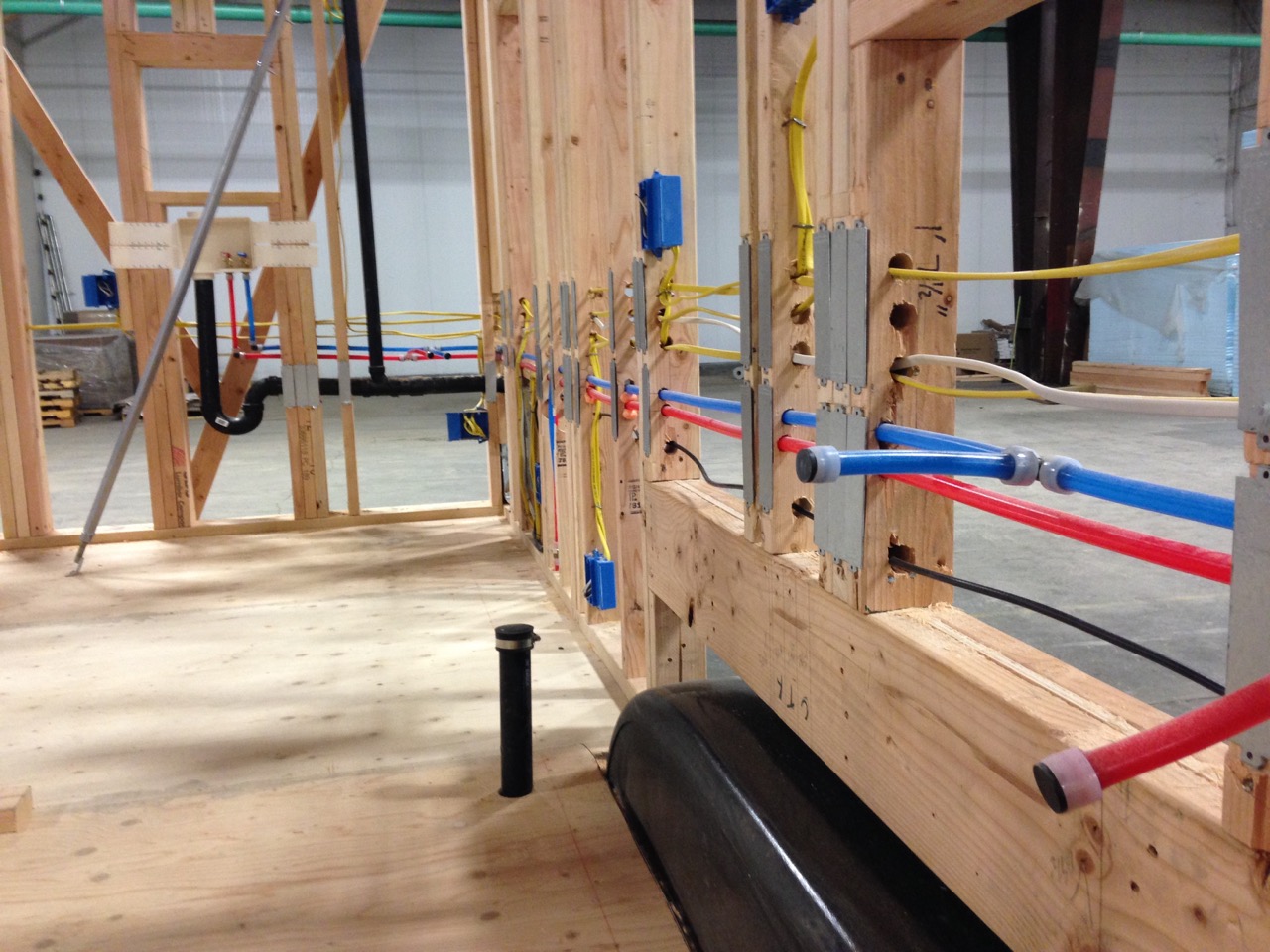
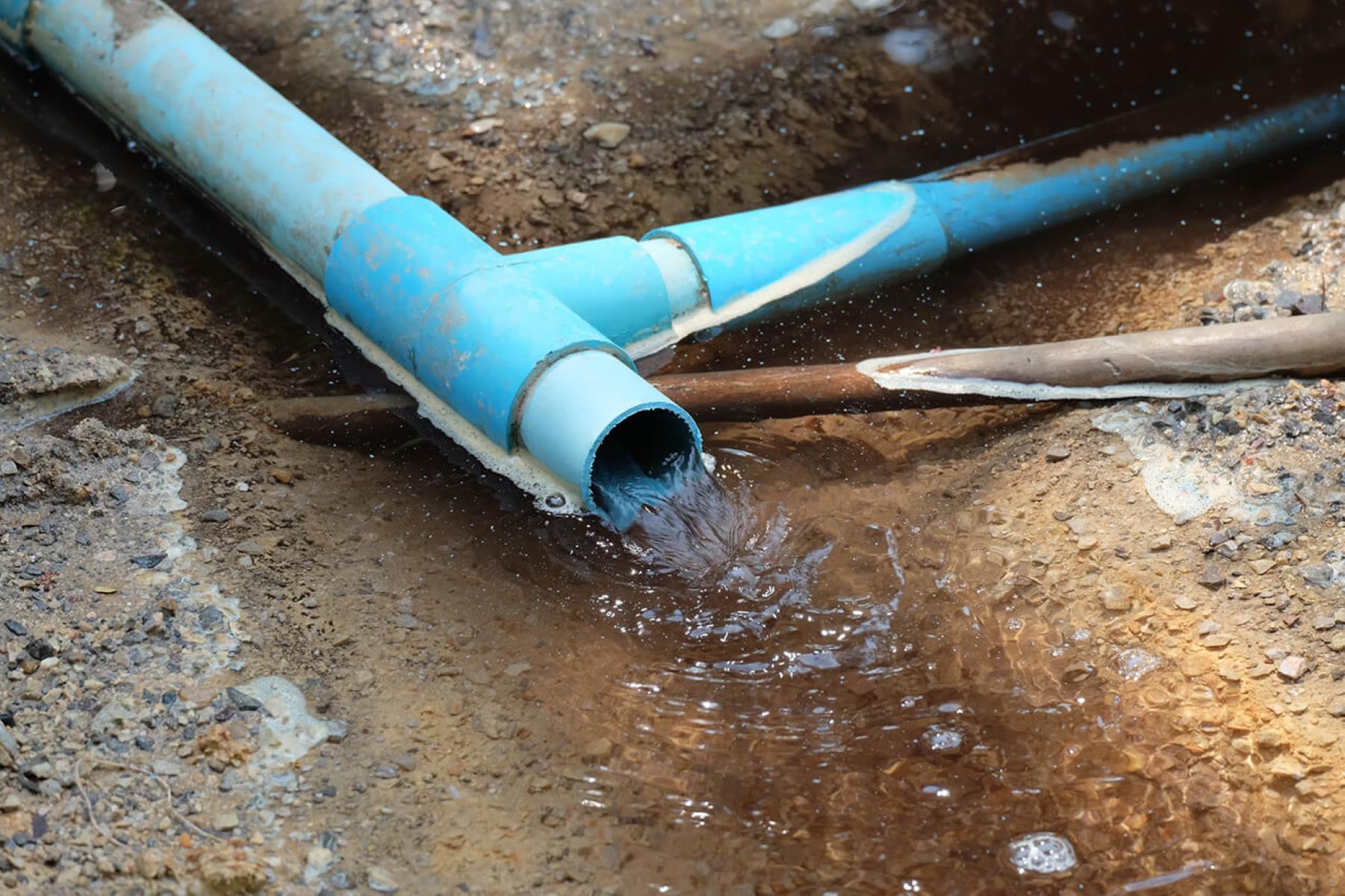
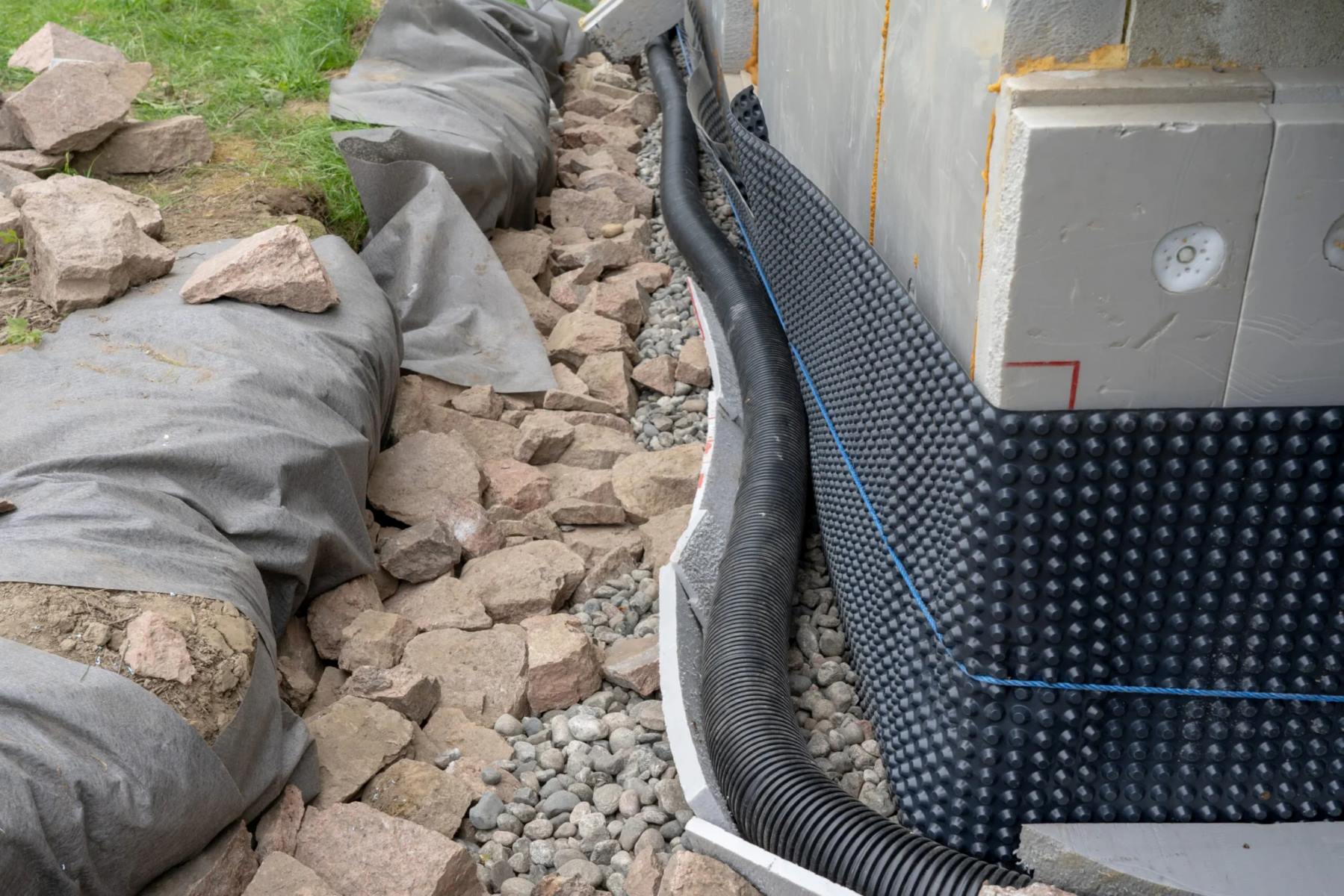
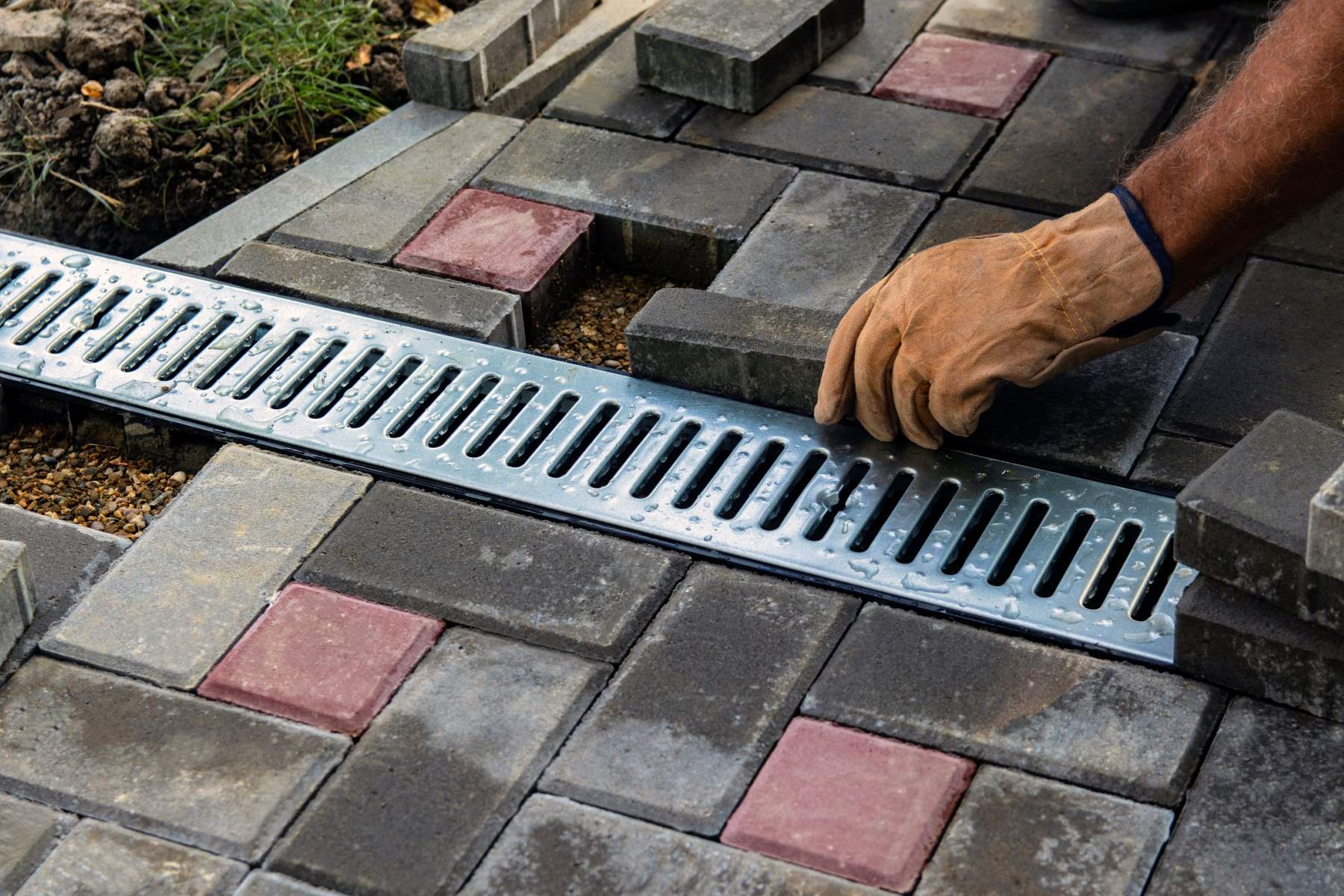
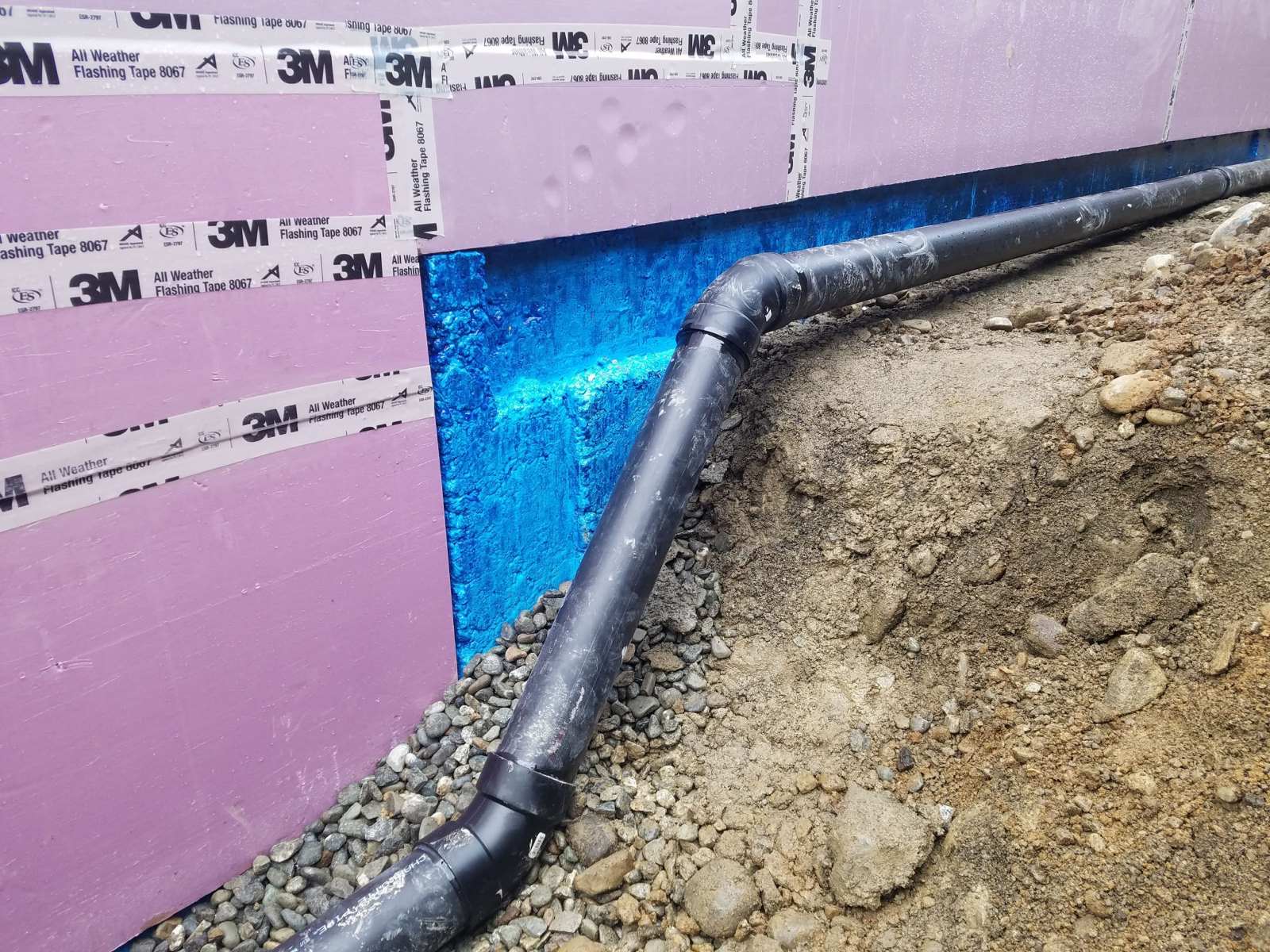
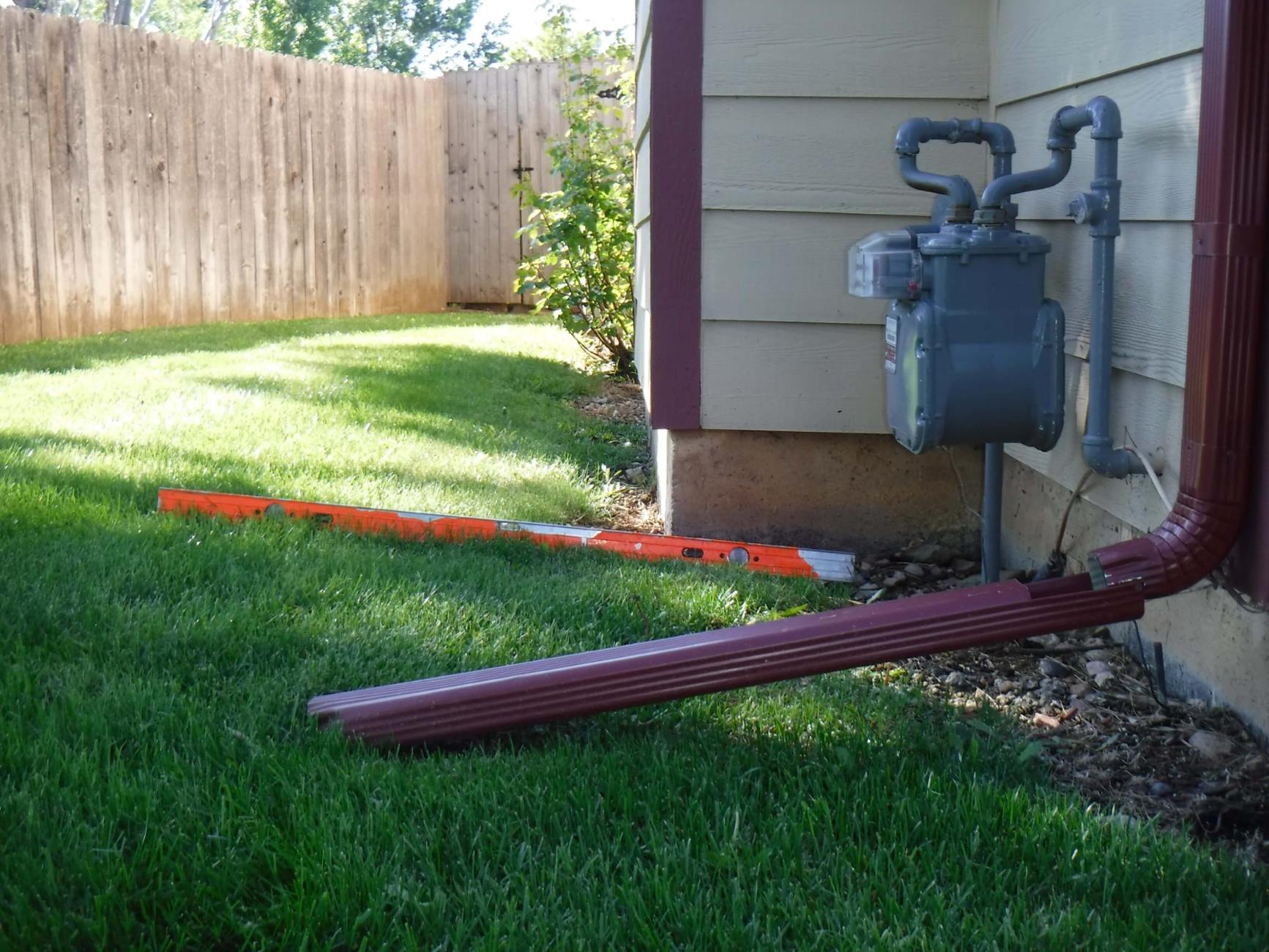
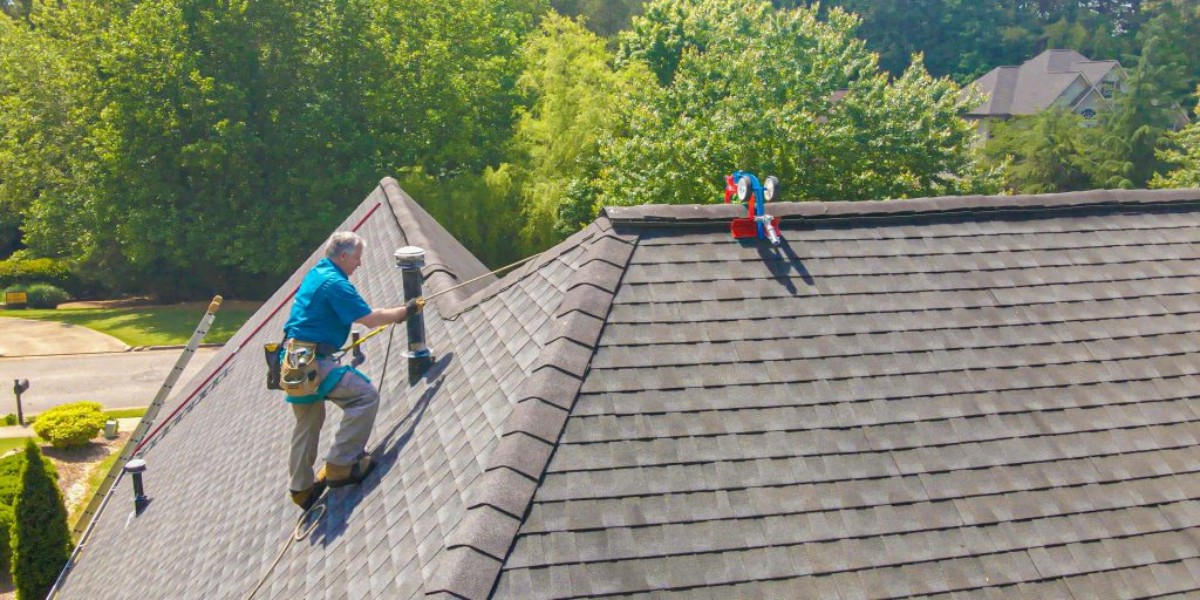
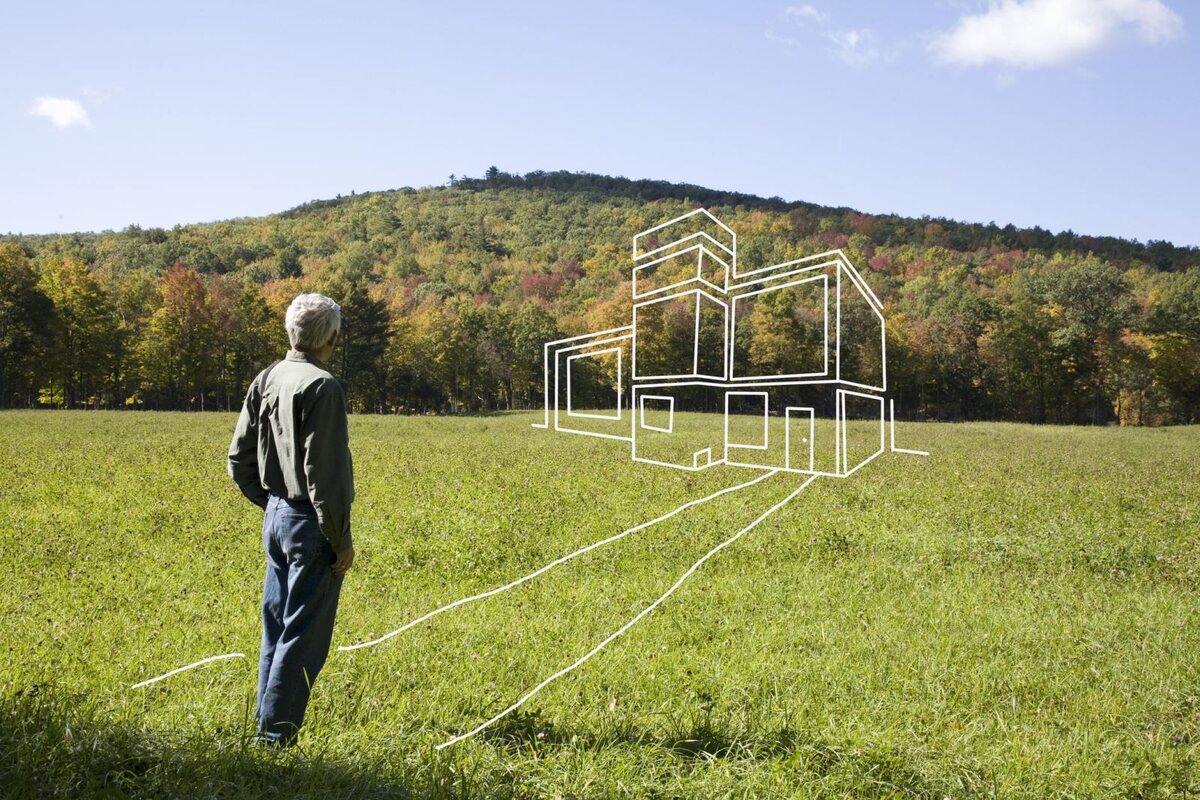
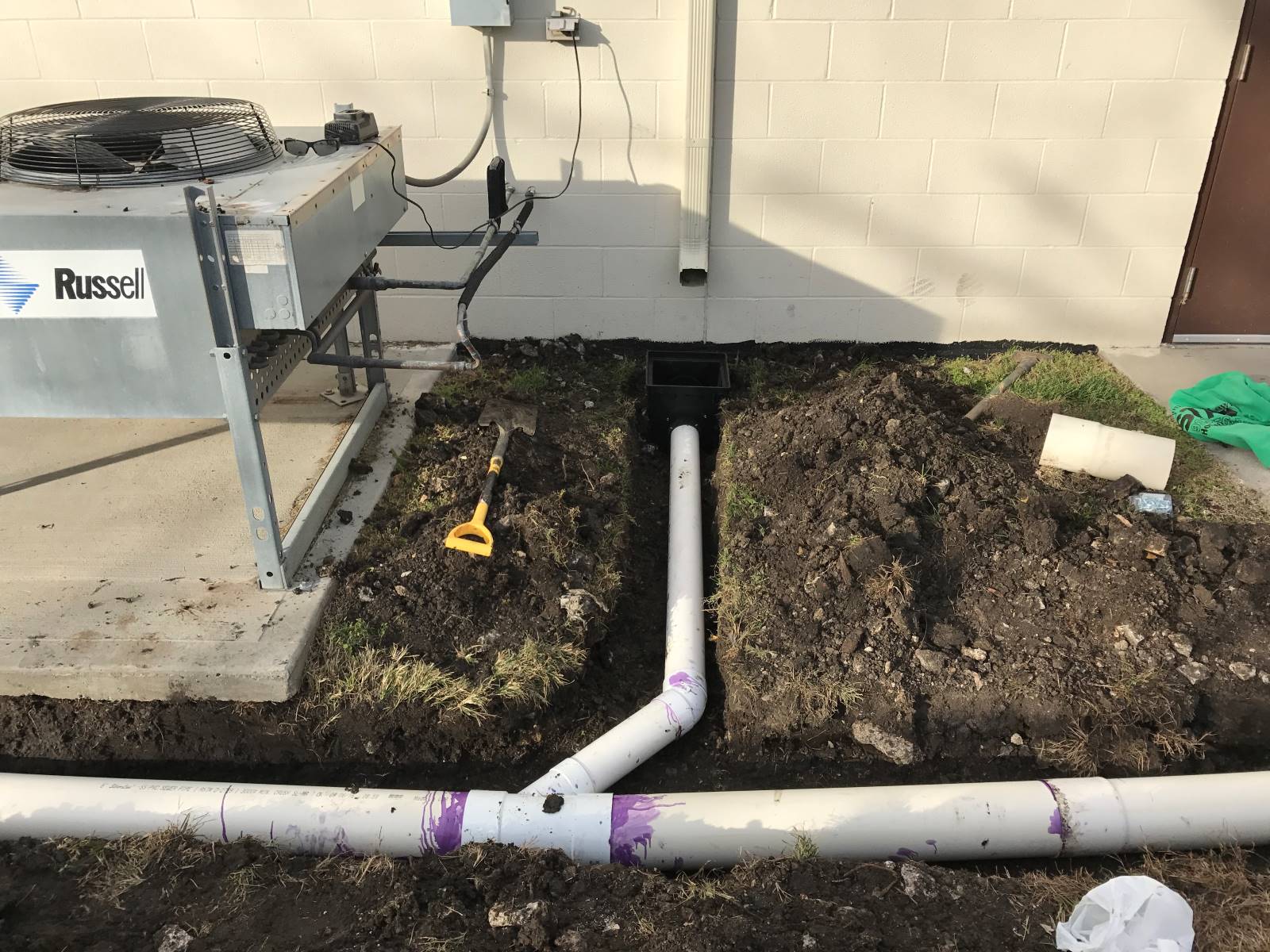

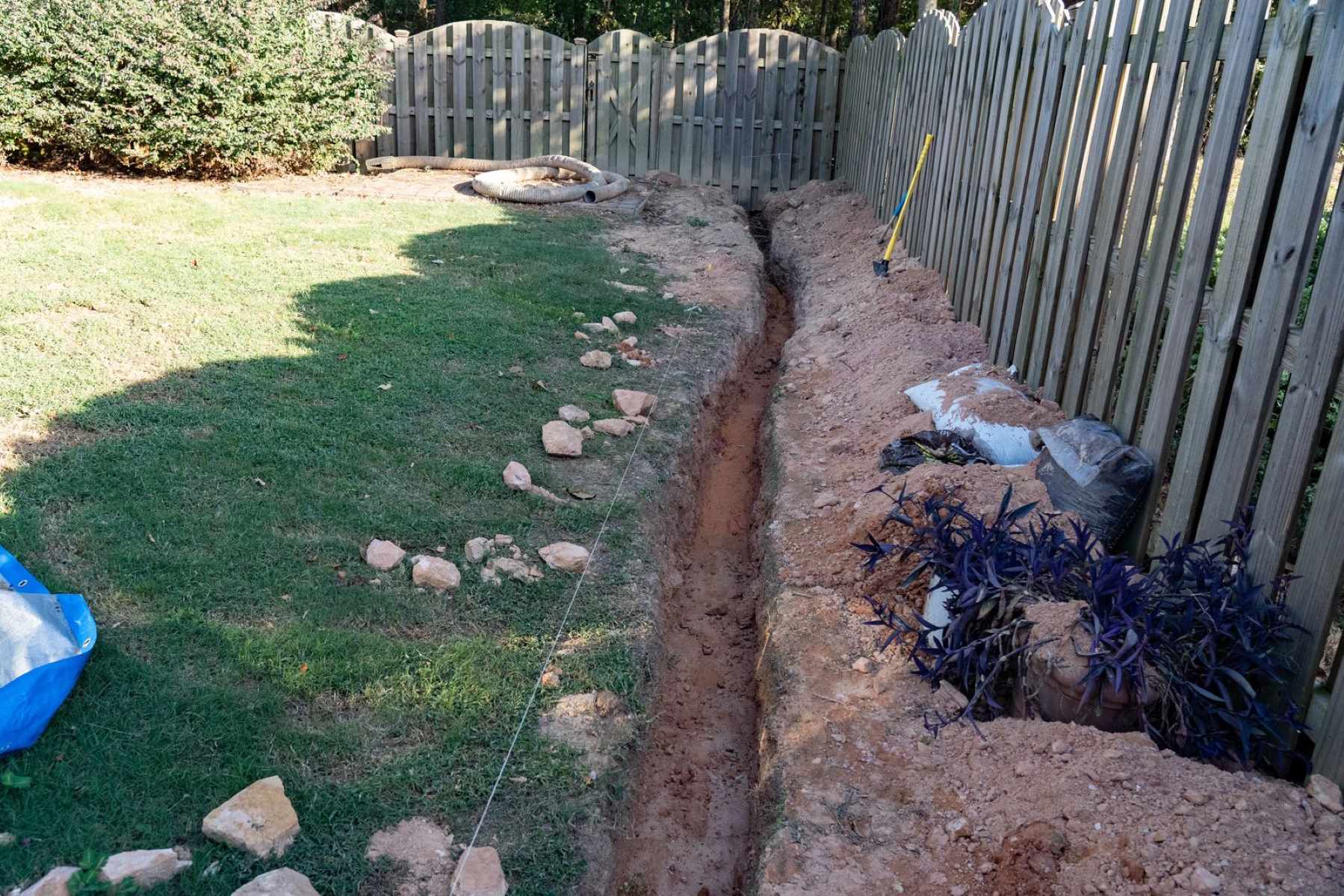

0 thoughts on “House Roof Drainage: How Does It Work?”